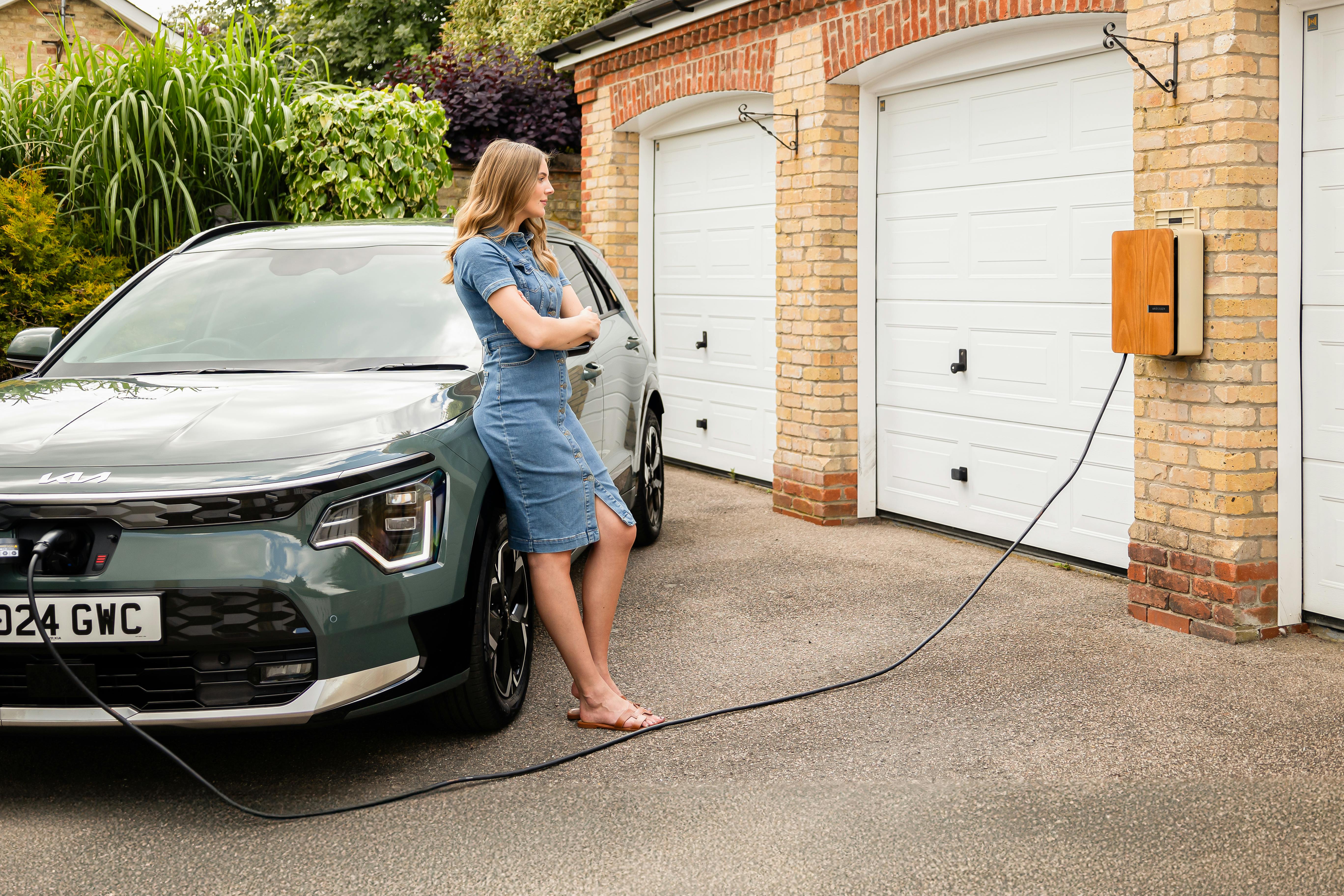Imagine a world where cities are free from the noise and fumes of combustion engines. A world where clean, electric vehicles (EVs) silently zip through the streets, powered by renewable energy. A world where charging is as easy as refueling, if not easier. This is the utopian vision we should all strive for.
Recently, Gartner, a leading research and advisory company, foretasted a significant surge in the global electric vehicle market. By the end of 2025, an estimated 85 million electric vehicles will be on the road, representing a 33% increase from 2024. This is a promising sign that we’re heading in the right direction, but we still have a long way to go.
So, what’s holding us back from this electric utopia?

These challenges exist due to several reasons:
- High Battery Costs: Batteries are the most expensive component of an EV, and their cost has been slow to come down.
- Lack of Investment: Investment in public charging infrastructure has lagged behind the growth in EV sales, leading to a shortage of charging stations.
- Consumer Misconceptions: Many consumers are still not familiar with EVs and have misconceptions about their range, charging time, and overall practicality.
However, if we can overcome these challenges, our electric dreams can become a reality. A robust EV ecosystem requires a collaborative approach from all stakeholders:
Government Regulations: Governments can play a crucial role by:
- Offering financial incentives like tax breaks and subsidies to make EVs more affordable.
- Setting ambitious targets for EV adoption to create a clear roadmap for the industry.
- Investing in public charging infrastructure to address range anxiety and make EV charging convenient.
- Automotive Manufacturers: Carmakers need to:
Automotive Manufacturers: Carmakers need to:
- Develop affordable EVs to appeal to a wider range of consumers.
- Improve battery technology to increase range and reduce charging time.
- Educate consumers about the benefits and practicality of EVs.
Energy Companies: Energy providers can:
- Invest in charging infrastructure to create a robust network of charging stations.
- Develop innovative pricing plans to encourage off-peak charging and reduce grid strain.
Consumers: Individuals need to:
- Be open to embracing EVs as a viable alternative to ICE vehicles.
- Advocate for policies that support EV adoption.
The burgeoning EV market in Asia presents a significant opportunity. The region is witnessing substantial growth in both electric two-wheeler (E2W) and four-wheeler (E4W) markets.


To realize the full potential of EVs, we need to:
- Standardize Charging Technology: A unified charging standard will simplify the charging experience for consumers and reduce costs for manufacturers.
- Develop Smart Charging Solutions: Technologies that optimize charging based on grid demand and renewable energy availability will maximize efficiency and minimize environmental impact.
- Create a Circular Economy for Batteries: Recycling and repurposing EV batteries will reduce waste and ensure a sustainable supply of critical materials.
Building a thriving EV ecosystem is not just about replacing ICE vehicles with EVs. It’s about creating a holistic and sustainable mobility system that benefits everyone.
Watch this video for an in-depth discussion.
What are your thoughts on building a better EV ecosystem? Share your ideas in the comments below!
Sources:
- Gartner Forecasts 85 million Electric Vehicles Will Be on the Road by End of 2025, October 14, 2024
- McKinsey Mobility Consumer Pulse, (Mckinsey), June 2024
- Electric vehicles and the charging infrastructure: a new mindset, (PwC), Nov 2024
- EV fast charging: How to build and sustain competitive differentiation, (Mckinsey), June 2021
We offer a range of marketing and branding services, led by top professionals who have decades of experience. To know more about how we can take your organization to a higher orbit, visit Our Services Page or drop in an email to connect.
